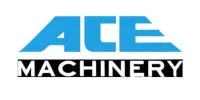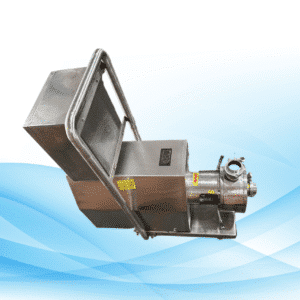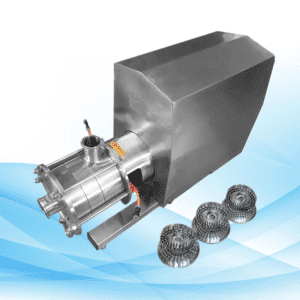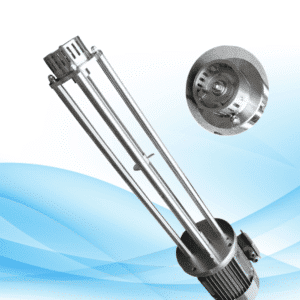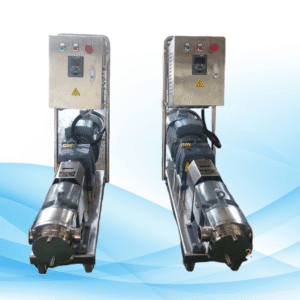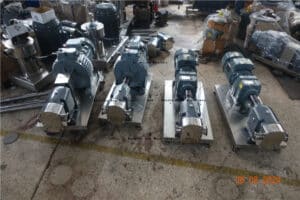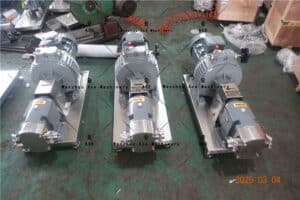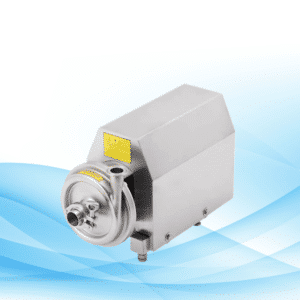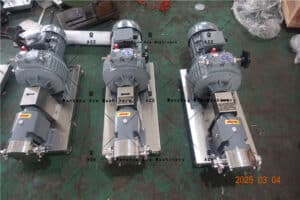Selecting the Appropriate Oil Transfer Pump
Selecting the appropriate oil transfer pump is very fundamental in preventing any oil spillage and optimizing operations. Several factors should be taken into account for one‘s decision to be rational. First, consider the type of oil that you wish to transfer. Oils come in different viscosities this, in turn, affects the performance of the pump. Next, evaluate the flow rate requirements. This ensures an adequate pump so that the volumes that are required can be handled. Also, consider the operational environment where the position of the pump will go. There are certain factors like temperature and pressure that can affect performance effectiveness. Taking into consideration these factors will enable you to choose a pump that will solve your needs.
Identifying Specific Tasks
Before you select a pump for oil transfer, there are tasks that must be performed first and that is determining application needs. This is to guarantee that the pump which you will select will function efficiently in all the operations that you will employ it in.
Flow Rate Determination
Calculation of Flow Rate Requirements
Depending on the nature of the operation, refining, transmission, or storage of oil might be done. One of the initial steps in this case is calculating the necessary pump flow. A flow rate is the indicate in liters to how much oil the pump has to transfer for a specified amount of time and there is a time measurement attached to it Tanaka L. This is achievable if the dimensions of such equipment or vehicle and the extent of oil that it has to use are taken into consideration. Having the knowledge of flow rate helps you choose a pump that will be used for a certain task without either straining it excessively or doing less work than needed.
Appropriate Pump for The Required Flow Rate
During the course of delivery, the supplied flow rate is essential for ensuring that the maximum pump performance is reached. A pump for oil transfer should be a bit bigger than the calculated flow rate as per step 5 above. Otherwise, if the pump in place is not of ample power or the pumping rate low, oil will not be transferred with the efficiency intended. Excessive pumping might result into wastage of energy because more than enough oil will have been put into transmission. It includes the entire row stated in this paragraph to delivery of parts that will fulfill your flow rate requirements in the best possible manner.
Current and Future Power and Energy Requirements: A Business Case for Greater Efficiencies
How to Evaluate Power Sources
Next, evaluate the power sources available for your pump for oil transfer. These sources include electrical, gasoline, and human-powered, mostly found in hand-pumps. Assess the availability and dependability of these power sources in your working environment and choose a pump which goes with the most feasible as well as the least expensive means of using power for your application.
Considering Energy Efficiency
Another pertinent aspect when selecting a transfer oil pump is its energy-saving capabilities. A pump which is energy efficient reduces the cost of operations and the negative effects on the environment. It is advisable to select energy-saving pumps where appropriate or which have an energy efficiency star rating. This factor is not only helpful to the financial plan but also promotes environmentally friendly practices because it fosters the use of less power.
Effects of Temperature and Pressure on Oil Transfer
Environmental conditions affect all aspects of a pumping operation, including the functional ability of a pump. Evaluate the temperature and pressure parameters within which the pump is going to work. Special pumps that are constructed to operate under extreme temperatures and pressures may be necessary if these conditions are extreme. Ensure that the pump you choose can perform even in extremes for effective working relations and safety.
Corrosive or Hazardous Environments
In case your application relates to any of the corrosive or hazardous environments, then an appropriate oil transfer pump needs to be availed for such conditions. Identify the pumps that have suitable materials that facilitate the work while at the same time protecting against corrosion and hazardous substances. This makes it possible for the pump to be efficient and reliable so that safety is not compromised.
Compatibility and Construction Considerations
You must also factor gross compatibility as well as construction when choosing a pump for oil transfer. These factors help in assuring the proper working of the pump and also increase the pump’s effectiveness.
Material Compatibility
Selecting Materials for Oil Type
You need to layer up materials that are going to be compatible with the type of oil that you are going to transfer. Different oils will have different responses to different materials. For instance, some oils will break down rubber seals. While selecting the pump for oil transfer, please consider the materials of the internal construction, which possess high resistance to chemical reactions. This option avoids destruction and improves the smooth running of operations.
Ensuring Durability and Longevity
A pump for oil transfer should be strong. You want a pump that will be used for a long time and will not be easily damaged. Events like pump failure can be avoided by sourcing for pumps manufactured with strong materials such as stainless steel or reinforced plastics. For these materials, expecting long life, and less maintenance is warranted. Most especially, durable pumps will incur less time and resources over some duration.
Construction and Design Features
Sealing and Leak Prevention
The construction of the oil transfer pump must emphasize effective sealing. Leakages can spell potential hazards and wastage of resources. Make sure that the pump is equipped with expensive seals and gaskets. These pieces perform their main functions of leak avoidance and pressure retention. The pump should be well-sealed to enhance both its efficiency and safety.
Portability and Installation Ease
Analyze the portability and installation ease of your pump for oil transfer purposes. If you wish to relocate the pump often, you need to consider a small and lightweight design. Particularly, that is because easy installation saves you labor and time. Pumps with simple-to-use features such as quick-connect fittings deserve emphasis. Such features help eliminate the risk of complex procedures knowing how to do plumbing.
Understanding Different Pump Types
Also, understanding the type of pump available for oil transfer is one of the most important factors in deciding which to select. This is because each type has its own characteristics and advantages, which fit particular applications. It is important to learn about these differences to evaluate the selection you will have to make.
Positive Displacement Pumps

Positive Displacement pumps are best suited when oil has to be moved at a uniform flow rate. For each cycle, the pump delivers a predetermined volume of oil which guarantees the reliable performance of the pump in critical applications.
Gear Pumps
When it comes to the transfer of oils, gear pumps are often preferred. Oil is moved through the pump with the help of rotating gears. Since the flow rate is uniform, it gives an excellent steady-state operating design. Gear pumps are not limited to application with only one viscosity grade of oils. You can depend on gear pumps in different operating environments with regard to efficiency and quality.
Diaphragm Pumps
An additional alternative for oil transfer is the use of diaphragm pumps. They generate pumping action through the use of a composite membrane. This construction makes it easier to use these pumps for very viscous oils or oils that are not clean. Applications requiring stringent precautions against any pollutants are well served by diaphragm pumps. To some extreme, this means that abrasive materials can be included in the design without destroying the pump.
Centrifugal Pumps
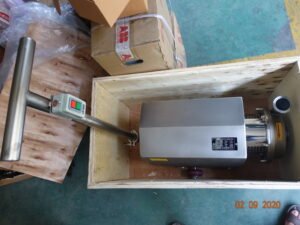
Centrifugal pumps are referred to in the opposite sense of positive displacement pumps. The incorporation of a rotating impeller in this pump serves the purpose of oil transfer by generating flow induction by centrifugal action. This principle is appropriate for applications where high flow rates are required.
Advantages and Limitations
The centrifugal pumps add onto this performance with several advantages. For example, their efficiency in rapidly moving large quantities of oil is impressive. There are fewer costs related to repairs owing to the simple nature of the design adopted. However, they might not be as effective in pumping high viscosity oils compared to positive displacement pumps. Appreciating these limitations guides you in evaluating if such a pump will satisfy your oil transfer needs.
Common Applications
Centrifugal pumps are used for many purposes. For oil transferring operations such as in automotive industries and manufacturing, they are prevalent. Because of their large capacity, they specialize in bulk transfer activities. Where time and volume matter in operations, centrifugal pumps provide a reliable solution.
Safety, Maintenance, and Cost Considerations
When transferring oil using a pump, factors such as safety, maintenance, and cost must be taken into account. These aspects allow for the operations to be both efficient and safe.
Safety Features and Compliance
Ensuring Safe Operation: It is understood that the use of a pump to transfer oil poses dangers that should be considered. Use pumps that have inbuilt safety measures such as pressure relief and one-way shut-off valves. Such measures help to avert disasters and also safeguard the device and its operator. Strictly observe the instructions provided by the manufacturer so as to avoid self-harm.
Meeting Regulatory Standards
Adherence to rules and regulations is equally seen as a necessity. Ensure that your pump for oil transfer fulfills the required norms and standards. This ensures that the pump is used safely without turning illegal. You can look for accreditations like ISO or CE which are indicators of safety compliance.
Maintenance Requirements
Regular Maintenance Practices
Daily operation will ensure that your pump for oil transfer is at maximum working efficiency. Do routine checks for seals, hoses, and connections. If there are bearings that require lubricants, do it and also if there are any worn-out parts, change those as well. Timely maintenance helps achieve several objectives, extends the effective usage of the pump, and keeps performance at reliable states.
Troubleshooting Common Issues
Generally, there are specific issues that every user is likely to come across. Understanding common issues will help you know how to deal with them. Whenever there is low flow or noise from the oil transfer pump, look for blockage or leakage in the pump. Seek to solve them to avoid subsequent effects.
Cost Analysis
Initial Purchase Cost
The first purchase cost should be kept in mind while choosing a pump for oil transfer. The differences in prices are usually due to the features, materials, and the brand. As much as you may be tempted to pick the cheaper option, going for the high-quality pump pays off in most cases.
Long-Term Operational Costs
Consider assessing long-term operational costs as well. The electricity bill can be cut down with the use of energy-efficient pumps. The frequency of maintenance and replacement of pumps is awesome and it helps in the cost factor. Add up all these factors to calculate the total cost of ownership. In the long run, you will notice that a pump for oil transfer that has been carefully selected minimizes costs.
Conclusion
While addressing safety, maintenance, and operational costs, you will be able to use the oil transfer pump effectively and optimally. These principles prevent you from poor management of resources in the system which would have negative impacts on operations in the future.
